When using Windows, you might find yourself running the “SFC /scannow” command, a useful tool integrated into the system for checking and repairing system files. A common question arises: Can this process be interrupted or cancelled without causing harm to your computer? The short answer is yes, but it’s important to understand the nuances of what this means for your system’s health and stability.
Also see: How to Run SFC Scannow Command At Boot in Windows 10/11
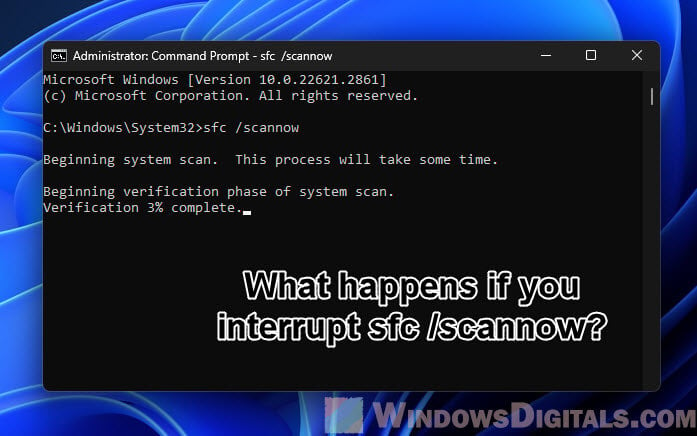
The “SFC /scannow” command is part of the Windows System File Checker, designed to scan for and repair corrupted or missing system files. If you start this process and need to stop it midway, you can do so. This can be done either by closing the command prompt window or using the Ctrl + C shortcut to interrupt the scan. This action will immediately halt the scanning process.
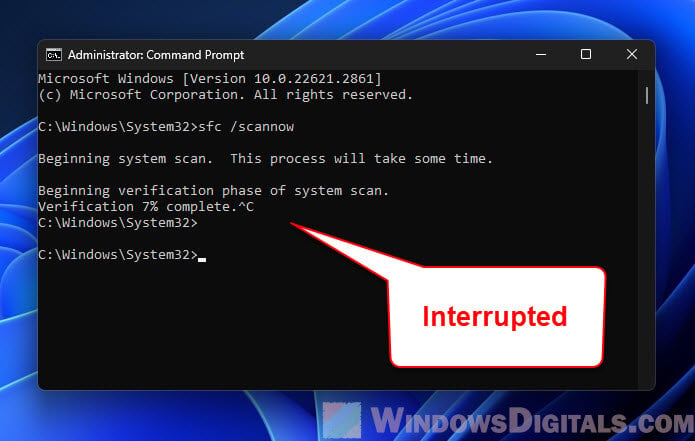
What are the implications of interrupting the “SFC /scannow” scan?
Interrupting the “SFC /scannow” process does not typically cause major issues for your computer. The tool is designed to handle interruptions safely. However, there are a few points to consider:
Partial repairs
If the scan is stopped midway, any repairs that it has already completed will be saved. This means that if the SFC process had identified and started repairing corrupt files, these repairs will remain even after the interruption. However, any remaining files that have not been scanned will not be checked or repaired. This could leave some corrupted files unaddressed.
System stability
Generally, interrupting the SFC scan doesn’t lead to system instability. Many users have reported that their systems continue to operate normally even after the scan is halted. However, it’s crucial to note that the unscanned files might still contain issues that could affect your system’s performance or stability in the future.
Re-running the scan
If you have interrupted the scan and are concerned about unresolved issues, you can always re-run “SFC /scannow”. This will allow the tool to scan all files again, including those that were not checked during the interrupted session. It’s a practical step to ensure all critical system files are in good condition.
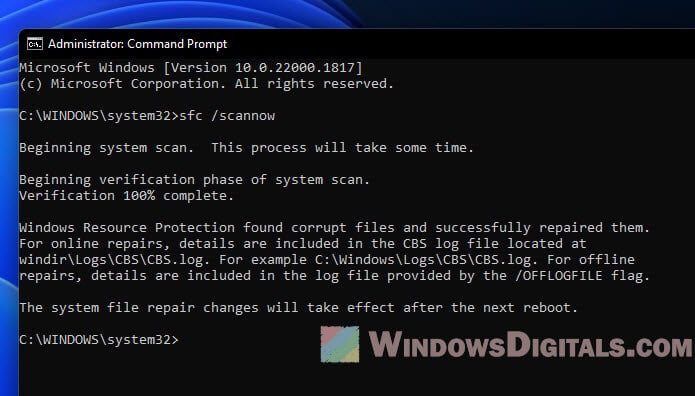
In summary, while stopping the scan midway is not disastrous, it may leave some potential issues unresolved. If the scan is interrupted, it’s advisable to re-run it at a more convenient time to complete the checking and repair process.
Pro tip: How to Startup Repair Windows 11/10 using Command Prompt
What happens if I turn off my PC during an “SFC /scannow” scan?
Turning off your computer while “SFC /scannow” is in progress is a bit more complicated and potentially riskier than simply interrupting the scan. Here’s what you need to know:
Potential risk of system file corruption
Abruptly shutting down your PC during the scan can, in rare cases, lead to file system corruption. This is especially true if the system is in the middle of writing or repairing files. While the SFC tool is built to handle interruptions and resume operations, a sudden shutdown can disrupt this process.
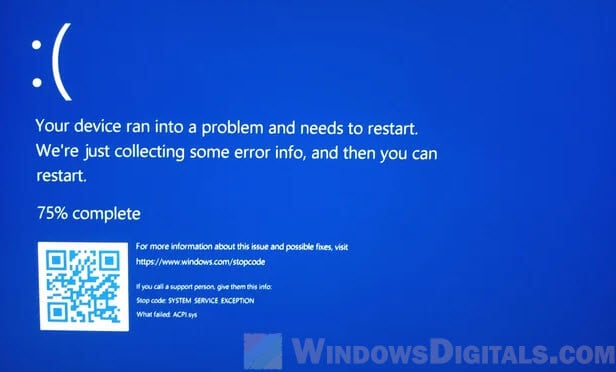
System stability and recovery
If you’ve turned off your PC during a scan and it was actively repairing files, there’s a small chance this could lead to system instability. However, Windows is generally robust enough to handle such interruptions without significant problems. In case of any issues upon reboot, Windows may run automatic repair processes to resolve any inconsistencies caused by the abrupt shutdown.
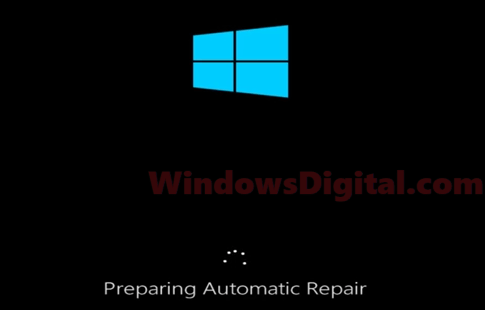
Recommendation and best practices
It’s advisable to avoid shutting down your PC during the SFC scan. If you must interrupt the scan, try to do it through the command prompt or by using the Ctrl + C shortcut. This method is safer than a hard shutdown. In the event of an unintended shutdown during a scan, monitor your system for any unusual behavior and consider re-running the scan to ensure all system files are intact and functioning correctly.
In short, while a forced shutdown during an “SFC /scannow” scan isn’t guaranteed to cause problems, it introduces an element of risk. To maintain the integrity and smooth functioning of your system, it’s better to let the scan complete or interrupt it gently if necessary.
Linked issue: Windows 11 Won’t Shut Down (How to Fix)
What steps should I take if I encounter issues after stopping the “SFC /scannow” process?
If you’ve interrupted the “SFC /scannow” process or experienced a forced shutdown during the scan, there are several steps you can take to ensure your system remains stable and to address any potential issues:
- As a first step, consider re-running the “SFC /scannow” command. This will allow the System File Checker to complete its scan of all system files and repair any that are found to be corrupt or missing. Running the scan to completion ensures a thorough check of your system’s integrity.
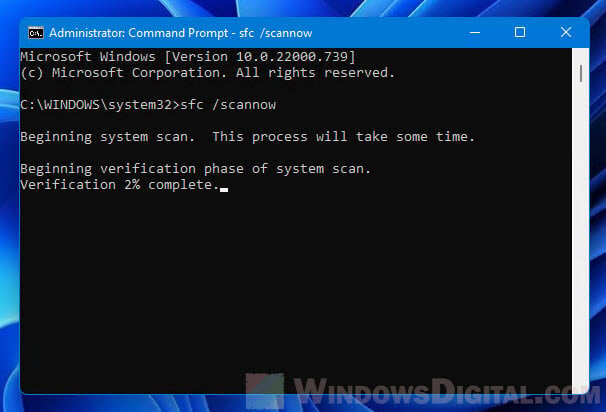
- If SFC continues to find errors it can’t fix, or if you have concerns about the system’s integrity post-interruption, using the Deployment Image Servicing and Management (DISM) tool can be beneficial. DISM can fix Windows corruption errors that SFC cannot. Running a command like
DISM.exe /Online /Cleanup-image /Restorehealthfollowed bySFC /scannowagain can resolve deeper system issues.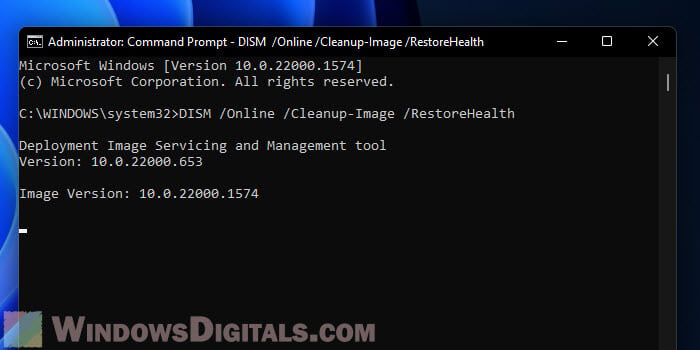
- If you continue to encounter problems or system instability after running SFC and DISM, you might consider using Windows System Restore to revert your system to a previous state before the issues began. Alternatively, an in-place repair installation of Windows can resolve persistent problems without losing your personal files or installed applications.
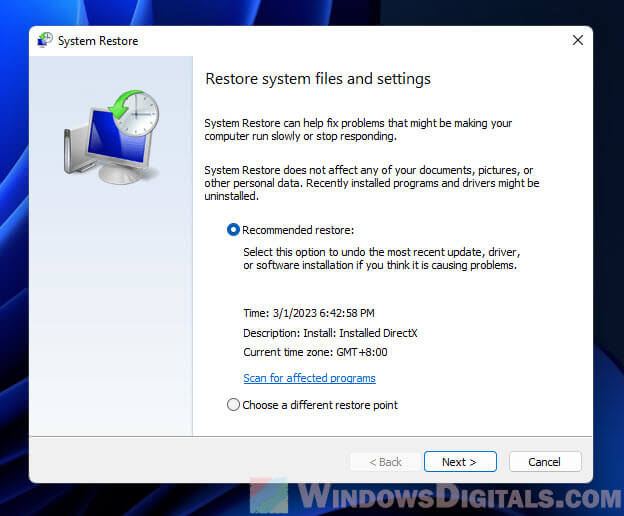
- After taking these steps, keep an eye on your system’s performance and functionality. Look out for unusual behavior, system crashes, or performance issues. If such problems persist, it may indicate unresolved system file issues or other underlying problems.
- If you’re unable to resolve the issues or if you’re uncomfortable performing these steps, it might be wise to seek assistance from a professional. This could be Microsoft support, a certified technician, or helpful individuals on forums like Reddit.
Summing things up
Interrupting the “SFC /scannow” process on your Windows computer is generally safe, but it’s important to take the right steps afterward. If you stop the scan before it’s finished, some files might not get checked or fixed. This is why it’s a good idea to run the scan again when you can, to make sure all your system files get a thorough check. Running “SFC /scannow” to completion helps keep your computer’s system files in good shape and can prevent future problems.
Also, if you find that “SFC /scannow” keeps finding problems it can’t fix, you might want to use other tools like DISM, or even think about doing a system restore or repair. These steps can help fix deeper issues. Keeping your computer’s system files healthy is key to making sure it runs smoothly and stays reliable. If you’re ever not sure about what to do, it’s always a good idea to ask for help from someone who knows a lot about computers.
